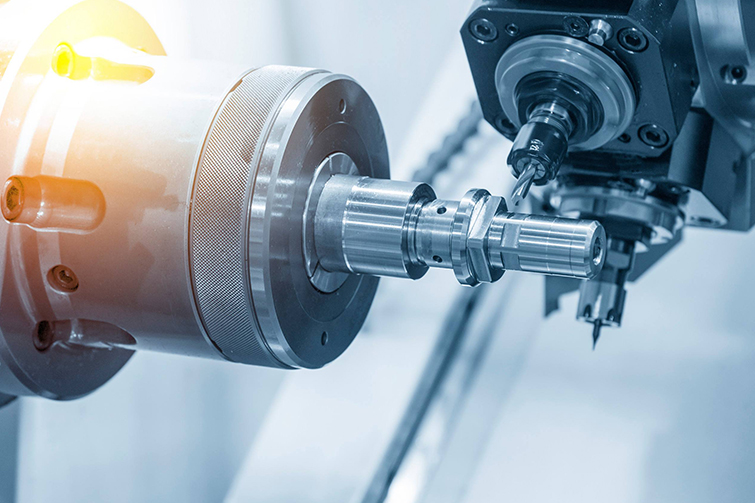

Exploring the Critical Aspects of Reliability in Modern Technology Systems

Understanding Reliability in Technology
Reliability, in the context of technology systems, refers to the ability of a system or component to perform its required functions under given conditions for a specified period of time. High reliability is crucial for ensuring continuous operation, minimizing downtime, and maintaining user trust.
Measuring Reliability
Several metrics are used to measure reliability, including Mean Time Between Failures (MTBF) and Mean Time To Repair (MTTR). These metrics help in quantifying the performance and dependability of systems, providing a basis for comparison and improvement.
Strategies to Enhance Reliability
To enhance reliability, organizations can adopt various strategies such as redundancy, regular maintenance, and the use of high-quality components. Redundancy, in particular, ensures that backup systems are in place to take over in case of a failure, thereby maintaining system availability.
Common Questions
What is the difference between reliability and availability?Reliability refers to the system's ability to function without failure over a certain period, while availability is the proportion of time a system is in a functioning condition. Both are important but measure different aspects of system performance.
How can small businesses improve the reliability of their IT systems?Small businesses can improve reliability by implementing regular system updates, using reliable hardware, and training staff on best practices for system maintenance and security.








